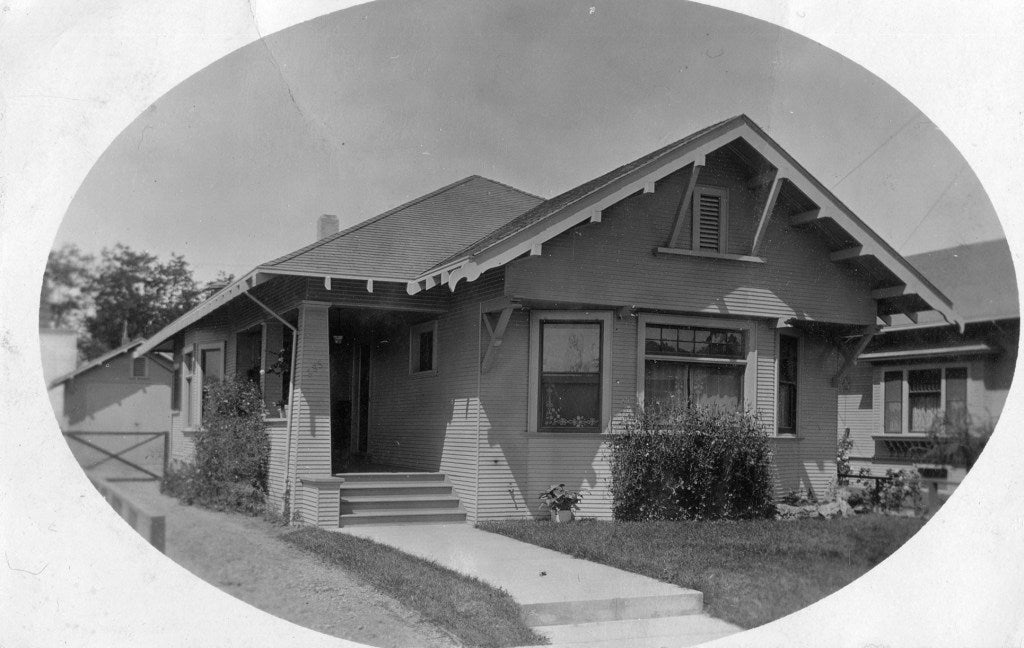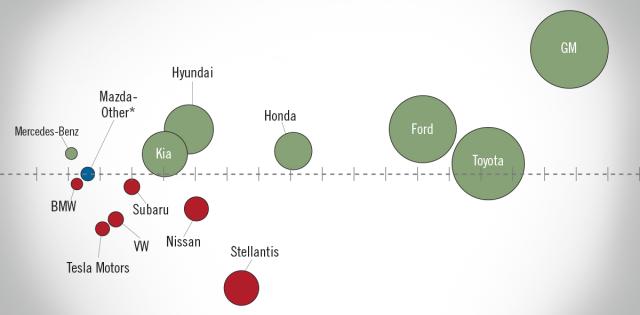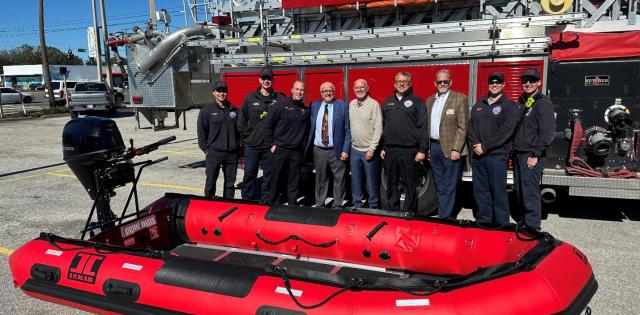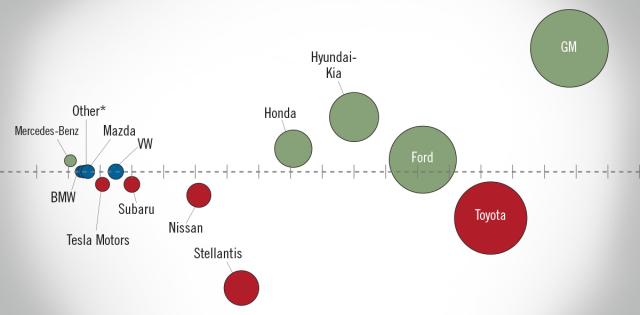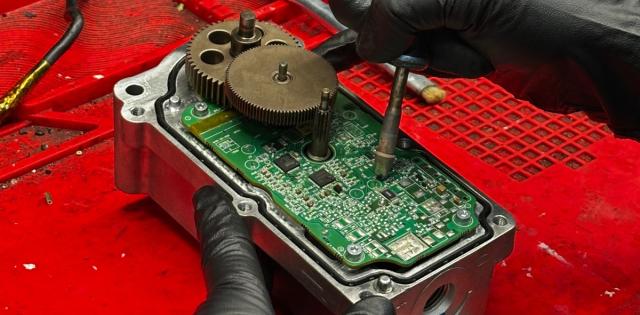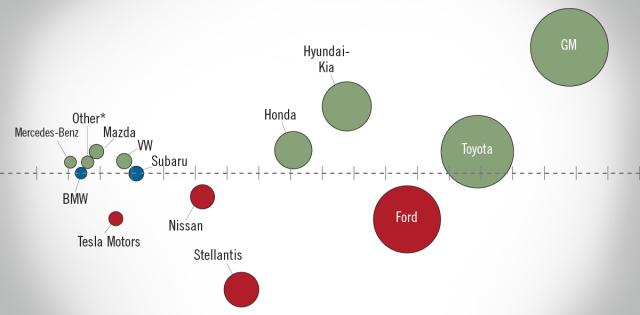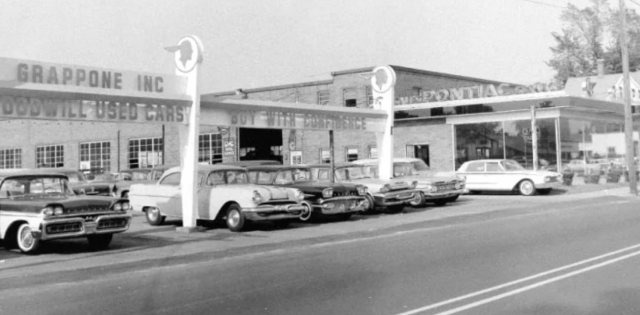Cars and rock and roll have always gone hand in hand. Not only have cars long been the subject of songs (going all the way back to 1905’s “In My Merry Oldsmobile”) but a number of groups have adopted car names as their band monikers: The Impalas, The El Dorados, The Continentals—the list goes on.
But it’s not often that musicians and auto dealers share the same taste in historic real estate.
Dealer-Built Home Listens to the Music
The Normandin family has been selling cars in the San Jose, Calif., area since 1875, when founder Amable Normandin, a blacksmith and sleigh maker from Montreal, opened a buggy-making shop. By 1906, the company had expanded to include the sale of horseless buggies—the first automobiles. Today, the fifth generation of the family runs the Normandin dealership at Capitol Auto Mall in South San Jose.
In 1907, Amable’s son Louis married and commissioned a Craftsman-style house at 285 S. 12th St. in San Jose’s Naglee Park. Featuring a distinctive side porch, the house was built by famous local architect, Wesley Warren Hastings, and was home to the young Normandin family until 1920.
Fast-forward to 1969. Tom Johnston, an art major at nearby San Jose State University who rented the house, was also a budding musician and songwriter. The place soon became a hangout for musicians. In a 2011 interview with Vintage Guitar magazine, Johnston described the house as “kind of a musical center for San Jose. It didn’t matter if they played B-3 or drums, guitar, bass, or horns, they all ended up in our basement.”
Fellow musician Skip Pence introduced Johnston to drummer John Hartman in 1970. The two became roommates and bandmates, forming the Doobie Brothers and playing locally. After bassist Dave Shogren and guitarist Patrick Simmons joined the band, the group released their first album, The Doobie Brothers, in 1971.
They also recorded, in 1970, an album called Introducing the Doobie Brothers, which was not actually released until 1980. According to that album’s liner notes, “The band spent its salad days playing clubs in the Santa Clara mountains area and around southern California, and this record places the Doobie Brothers very squarely in the stylistic back of the late ’60s-early ’70s California band sound.”
When the time came to photograph the album’s cover, someone had the idea to pose the band members on the steps at 285 S. 12th St. Johnston, with his long curly hair, can be seen standing behind his bandmates and at the top of the stairs, as a bespectacled and goateed Hartman sits in front of him.
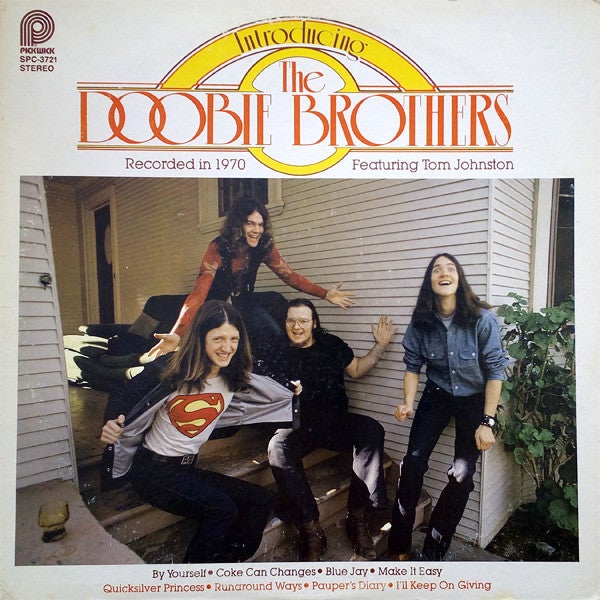
In an uncanny bit of coincidence, the Normandin family has a similar photo of Louis, his bride, Estelle, and his parents sitting on the same porch steps some 60 years earlier. “It’s the same angle, same porch, same everything as the Doobie Brothers album cover,” said Mark Normandin. “So it’s kind of interesting seeing that side by side.”
The House That Cars Built
Johnston would live in the Normandin house until 1973, writing some of the Doobie Brothers’ most famous songs there, including “Listen to the Music” and “China Grove,” and recording two more Doobie Brothers albums, Toulouse Street and The Captain and Me.
In November 2020, the band celebrated its 50th anniversary and was inducted into the Rock & Roll Hall of Fame.
Based on its illustrious musical history, the current owners of the Normandin house are working to have it designated as a historic landmark—as the birthplace of the Doobie Brothers—by the San Jose City Historic Landmarks Commission and the San Jose City Council.
The goal is to have the designation by year-end.
But the structure’s historic importance extends far beyond its musical heyday. “When the historical group started digging deeper, they found out who the architect was, which is apparently a famous architect in our area,” said Mark Normandin. “Then they found out who he actually built the house for, which was my great grandfather, and they said, ‘Oh geeze, they built the house for the Normandin family. They’re still here and they’re still in business and the generations that have come through.’ So there’s a lot of historical background with the house as far as that goes as well.”
The Normandin house is also a monument to a family—and a business—that has helped shape and serve the community of San Jose for almost 150 years. The Normandins look forward to continuing that tradition for years to come.
